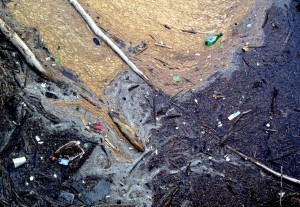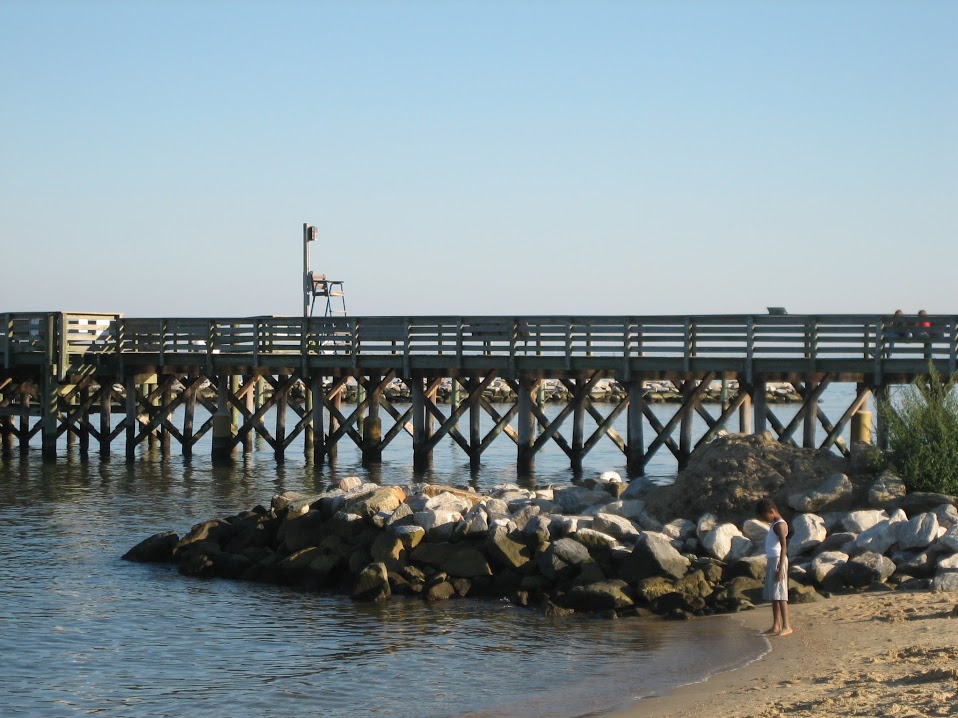
Bits of Styrofoam and other trash float in the Potomac River (Alexandria, Va.) near a stormwater outfall after a large storm event.
On July 29, Washington, D.C. Mayor Vincent Gray signed a law banning the use of Styrofoam in the District effective January 1, 2016. The ban is part of the “Sustainable DC Omnibus Act of 2014.” The law will require restaurants, carry-outs, food trucks, and other entities that serve food to use compostable or recyclable food service products. Styrofoam is harmful to fish and other organisms in the District’s waterways.
In signing the new law, Mayor Gray also kicked off a multimillion dollar, multiyear effort to clean up the Anacostia River. The Anacostia cleanup effort, called For a Cleaner Anacostia River, will sample and analyze sediment in the river bed to determine the extent and source of contamination and provide recommendations for the best approach to clean up the river. The cleanup effort aims to repair the Anacostia River, transforming it into a resource that residents can fully enjoy. The Anacostia River study area consists of the tidal portion of the river from the northwest branch and the northeast branch confluence in Prince George’s County to the Potomac River. The objectives are to determine the nature and extent of the contamination, evaluate the human health and ecological risks, and develop cleanup approaches to restore the Anacostia River.
Acknowledging past efforts to clean up the Anacostia River, Director Keith Anderson of the District Department of the Environment said, “We will build on several notable studies done over the past 20 years to restore this river. It’s a long, arduous task, but if we are to return this invaluable natural resource to residents of the District, we must make that investment now.” The Council of the District of Columbia has recommended that the District Department of the Environment adopt and publish a remedy for remediation of the contaminated sediment in the Anacostia River by June 30, 2018.




